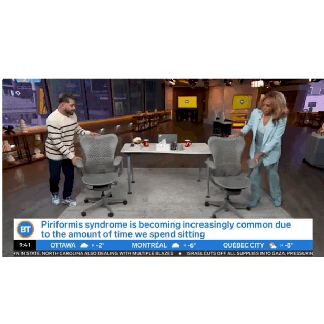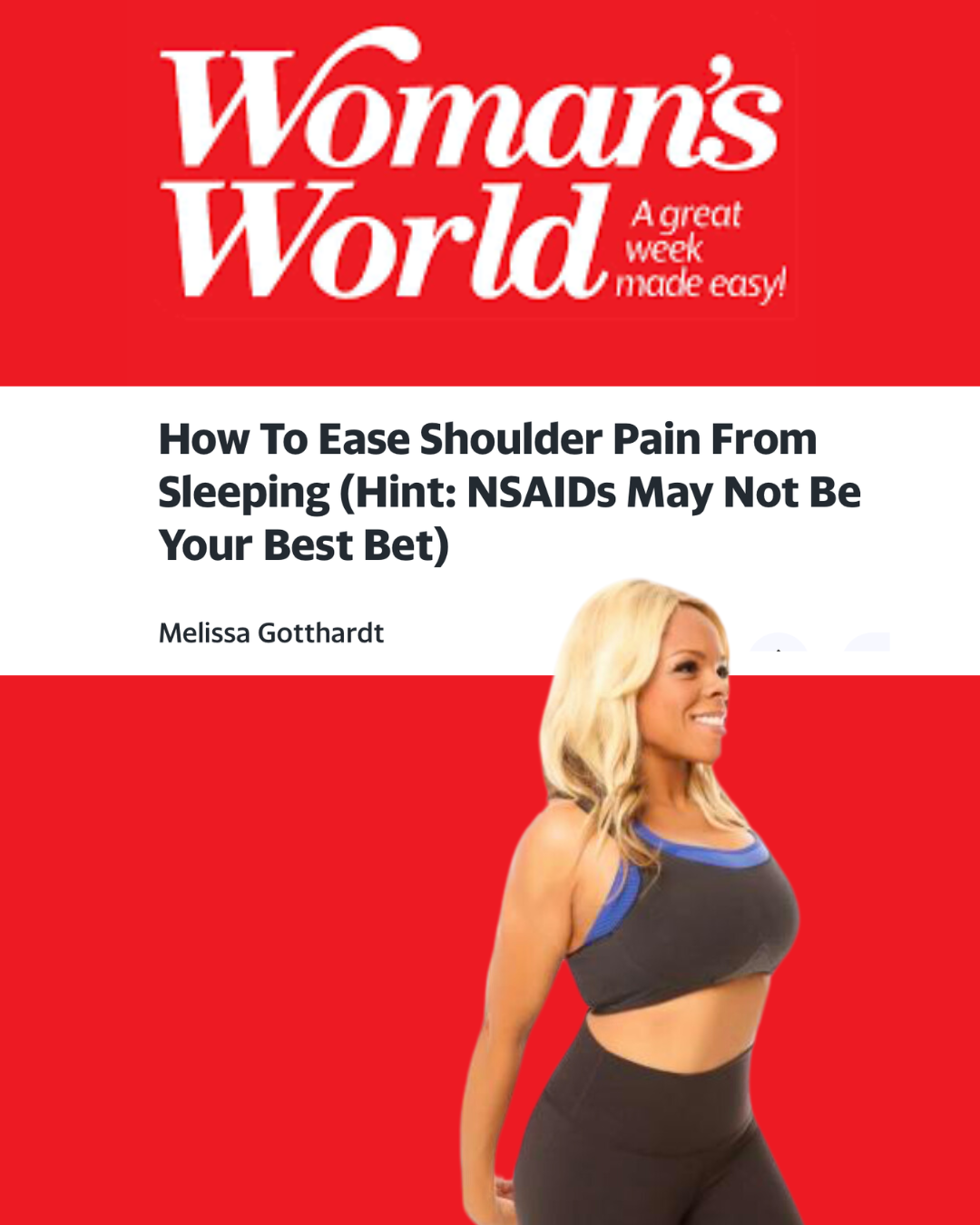A Routine to Help with Menstrual Cramps, Bloating and Headaches
/I was back at The Social with a great routine to relieve menstrual pains like cramping, headaches and bloating. Watch here
We didn’t have time for the last stretch which is great for relieving neck tension, headaches and jaw pain. It’s a facial yoga pose as well so may help you look more sculpted.
NECK STRETCH
How to do: Turn your head to one side and gently tilt your chin up and slightly back, lengthening out the opposite side of your neck. You should feel the stretch down the side of your neck and into your shoulder. Keeping your head turned to the side, stick out your tongue and stretch it towards the tip of your nose to activate the muscles further. Hold this for a count of ten. Release back to centre, then repeat the move on the opposite side. Feel the tension leaveyour neck, shoulders and jaw as you hold the stretch.
Benefits: With PMS and during our period, we often find we hold tension in our neck, shoulders, and jaw area - which can contribute to headaches. This stretch helps to reduce the tension thus helping with headaches. Since it also stretches one of our key lymphatic points at the front of the neck - it also encourages lymphatic drainage which can ease bloating.
And this face yoga move may even help your face look more snatched!



















